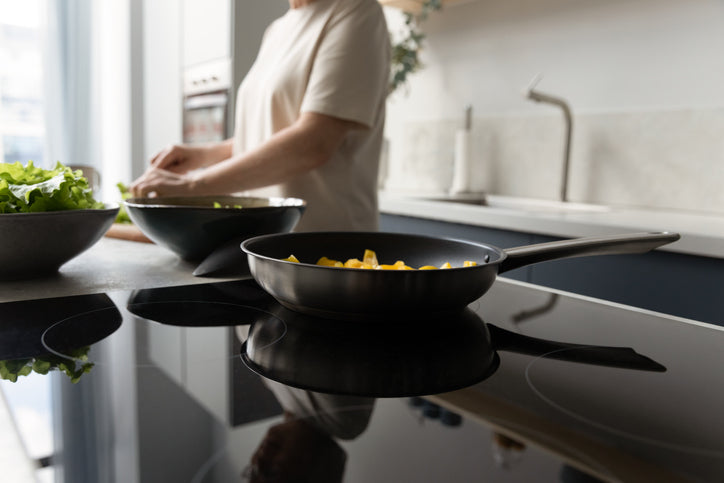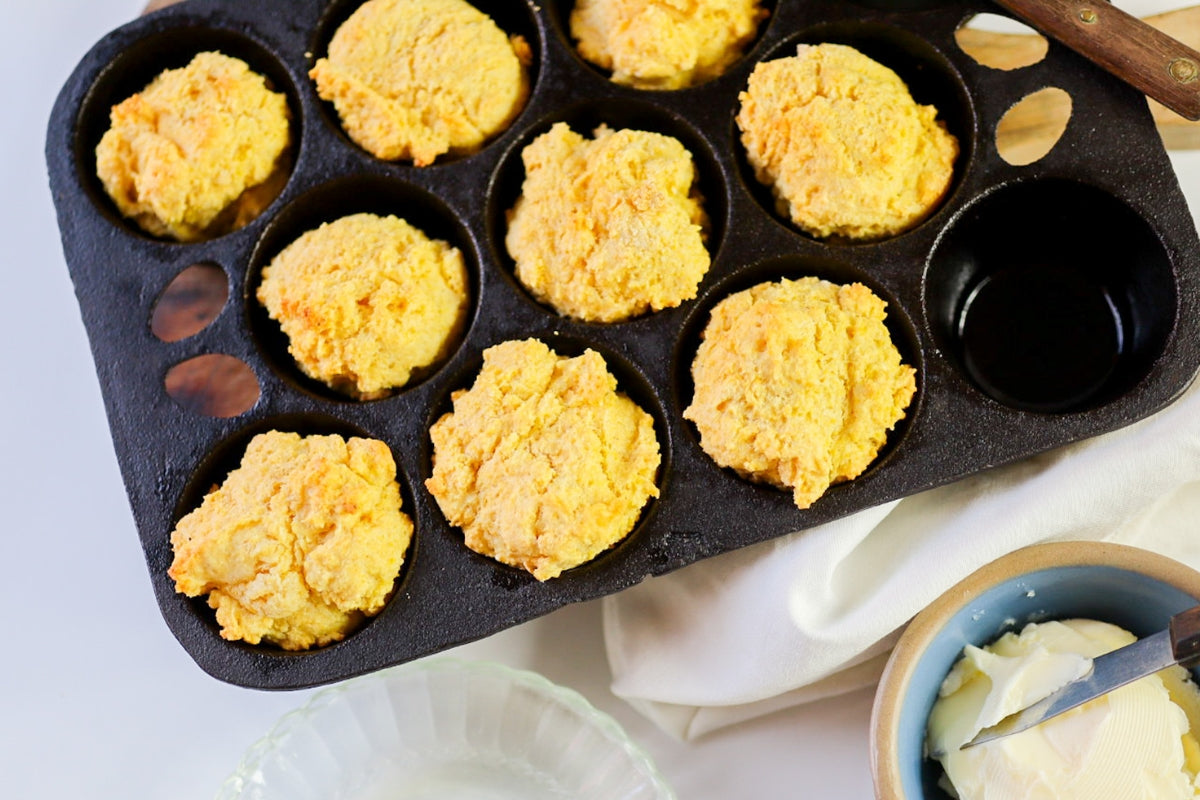For kitchen professionals, understanding when to re-season cast iron is crucial to maintaining its non-stick properties and longevity. This knowledge not only ensures the best performance of your cookware but also enhances the flavors of the dishes you prepare. In this article, we'll delve into the signs that indicate it's time to re-season your cast iron skillets and pans, ensuring they remain in top condition.
Cast iron cookware is a staple in many kitchens, renowned for its durability and excellent heat retention. However, to keep your cast iron in pristine condition, it's essential to know when to re-season cast iron. Re-seasoning is a simple yet vital process that involves applying a thin layer of oil to the surface and heating it to create a non-stick coating. This layer, known as the seasoning, can wear off over time due to various factors. Let's explore these factors and how you can address them effectively.

Signs You Need to Re-Season Your Cast Iron
Recognizing the signs that your cast iron needs re-seasoning can save you from potential frustrations during cooking. Here are some indicators:
Food Sticking to the Surface
If you notice food sticking to your cast iron more often, it may be time to re-season. A well-seasoned pan should have a smooth, non-stick surface that allows food to glide effortlessly. Persistent sticking indicates that the seasoning layer is wearing thin.
Dull or Rusty Appearance
A dull or rusty appearance is a clear sign that your cast iron needs attention. Rust can develop if the pan is not properly dried after washing or if it's exposed to moisture for extended periods. Re-seasoning helps restore the protective layer and prevents further rusting.
Uneven Cooking
Uneven cooking, where some areas of the pan cook food while others do not, may suggest that the seasoning is uneven or compromised. This can happen if the pan is not seasoned regularly or if it's been scrubbed too harshly.
How to Re-Season Your Cast Iron
Re-seasoning your cast iron is a straightforward process that can be accomplished with a few simple steps:
Step 1: Clean Thoroughly
Start by thoroughly cleaning your cast iron with hot water and a mild soap. Use a brush or sponge to remove any food residue. Avoid using harsh detergents or steel wool, as they can strip away the seasoning.
Step 2: Dry Completely
It's crucial to dry your cast iron completely to prevent rust. You can dry it with a towel and then place it on low heat on the stove to ensure all moisture evaporates.
Step 3: Apply Oil
Apply a thin layer of oil to the entire surface of the pan, including the handle and exterior. Use an oil with a high smoke point, such as flaxseed or vegetable oil. Be sure to wipe away any excess oil with a paper towel.
Step 4: Heat in the Oven
Preheat your oven to around 375F (190C). Place the oiled cast iron upside down on the oven's middle rack. Bake it for about an hour, allowing the oil to polymerize and form a new seasoning layer. It's advisable to place a baking sheet or aluminum foil on the rack below to catch any drips.
Maintaining Your Cast Iron Seasoning
Once you've re-seasoned your cast iron, it's vital to maintain the seasoning to prolong its life:
Avoid Harsh Cleaners
Use mild soap and a gentle scrubber for cleaning. Avoid using dishwashers, as the detergents and heat can strip away the seasoning.
Regular Use
Frequent use of your cast iron pan helps maintain the seasoning. The oils from the food you cook contribute to building up the non-stick layer.
For more insights on maintaining your cookware, you can check out this guide on frying eggs in cast iron on induction.

FAQs
How often should I re-season my cast iron?
It depends on usage, but generally, re-seasoning every six months to a year is recommended, or when you notice signs of wear.
Can I use cast iron on an induction cooktop?
Yes, cast iron is compatible with induction cooktops. For more information, visit this page.
Is it normal for my cast iron to smoke during re-seasoning?
Some smoke is normal as the oil heats up and polymerizes, forming the non-stick layer. Ensure your kitchen is well-ventilated during the process.
For more tips on preventing flare-ups while cooking, visit this informative article.






Leave a comment
This site is protected by hCaptcha and the hCaptcha Privacy Policy and Terms of Service apply.